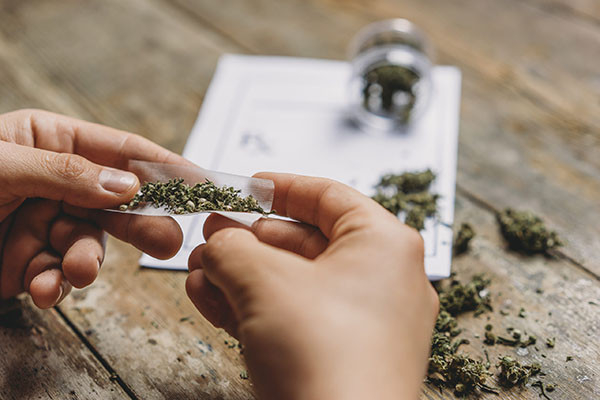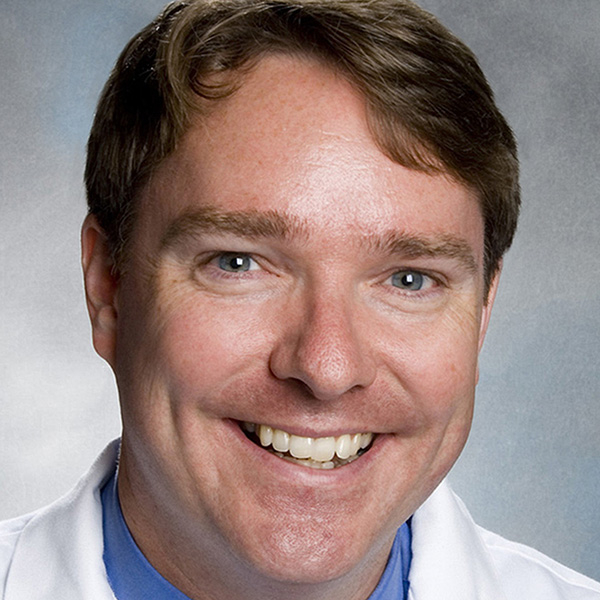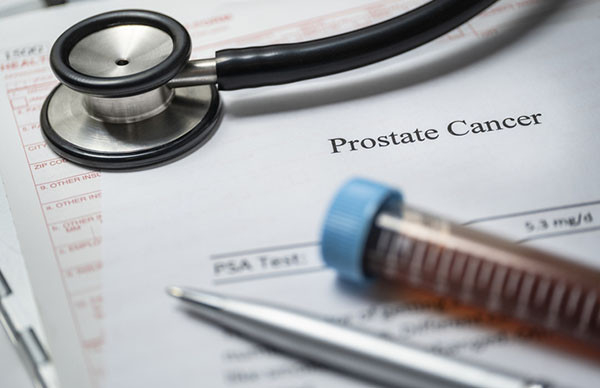
Proponents of cannabis generally dismiss the idea that there is a cannabis withdrawal syndrome. One routinely hears statements such as, “I smoked weed every day for 30 years and then just walked away from it without any problems. It’s not addictive.” Some cannabis researchers, on the other hand, describe serious withdrawal symptoms that can include aggression, anger, irritability, anxiety, insomnia, anorexia, depression, restlessness, headaches, vomiting, and abdominal pain. Given this long list of withdrawal symptoms, it’s a wonder that anyone tries to reduce or stop using cannabis. Why is there such a disconnect between researchers’ findings and the lived reality of cannabis users?
New research highlights the problems of withdrawal, but provides an incomplete picture
A recent meta-analysis published in JAMA cites the overall prevalence of cannabis withdrawal syndrome as 47% among “individuals with regular or dependent use of cannabinoids.” The authors of the study raise the alarm that “many professionals and members of the general public may not be aware of cannabis withdrawal, potentially leading to confusion about the benefits of cannabis to treat or self-medicate symptoms of anxiety or depressive disorders.” In other words, many patients using medical cannabis to “treat” their symptoms are merely caught up in a cycle of self-treating their cannabis withdrawal. Is it possible that almost half of cannabis consumers are actually experiencing a severe cannabis withdrawal syndrome — to the point that it is successfully masquerading as medicinal use of marijuana — and they don’t know it?
Unfortunately, the study in JAMA doesn’t seem particularly generalizable to actual cannabis users. This study is a meta-analysis: a study which includes many studies that are deemed similar enough to lump together, in order to increase the numerical power of the study and, ideally, the strength of the conclusions. The authors included studies that go all the way back to the mid-1990s — a time when cannabis was illegal in the US, different in potency, and when there was no choice or control over strains or cannabinoid compositions, as there is now. One of the studies in the meta-analysis included “cannabis-dependent inpatients” in a German psychiatric hospital in which 118 patients were being detoxified from cannabis. Another was from 1998 and is titled, “Patterns and correlates of cannabis dependence among long-term users in an Australian rural area.” It is not a great leap to surmise that Australians in the countryside smoking whatever marijuana was available to them illegally in 1998, or patients in a psychiatric hospital, might be substantively different from current American cannabis users.
Medical cannabis use is different from recreational use
Moreover, the JAMA study doesn’t distinguish between medical and recreational cannabis, which are actually quite different in their physiological and cognitive effects, as Harvard researcher Dr. Staci Gruber’s work tells us. Medical cannabis patients, under the guidance of a medical cannabis specialist, are buying legal, regulated cannabis from a licensed dispensary; it might be lower in THC (the psychoactive component that gives you the high) and higher in CBD (a nonintoxicating, more medicinal component), and the cannabis they end up using often results in them ingesting a lower dose of THC.
Cannabis withdrawal symptoms are real
All of this is not to say that there is no such thing as a cannabis withdrawal syndrome. It isn’t life-threatening or medically dangerous, but it certainly does exist. It makes absolute sense that there would be a withdrawal syndrome because, as is the case with many other medicines, if you use cannabis every day, the natural receptors by which cannabis works on the body “down-regulate,” or thin out, in response to chronic external stimulation. When the external chemical is withdrawn after prolonged use, the body is left in the lurch, and forced to rely on natural stores of these chemicals, but it takes time for the natural receptors to grow back to their baseline levels. In the meantime, the brain and the body are hungry for these chemicals, and the result is withdrawal symptoms.
Getting support for withdrawal symptoms
Uncomfortable withdrawal symptoms can prevent people who are dependent on or addicted to cannabis from remaining abstinent. The commonly used treatments for cannabis withdrawal are either cognitive behavioral therapy or medication therapy, neither of which has been shown to be particularly effective. Common medications that have been used are dronabinol (which is synthetic THC); nabiximols (which is cannabis in a mucosal spray, so you aren’t actually treating the withdrawal); gabapentin for anxiety (which has a host of side effects); and zolpidem for the sleep disturbance (which also has a list of side effects). Some researchers are looking at CBD, the nonintoxicating component of cannabis, as a treatment for cannabis withdrawal.
Some people get into serious trouble with cannabis, and use it addictively to avoid reality. Others depend on it to an unhealthy degree. Again, the number of people who become addicted or dependent is somewhere between the 0% that cannabis advocates believe and the 100% that cannabis opponents cite. We don’t know the actual number, because the definitions and studies have been plagued with a lack of real-world relevance that many studies about cannabis suffer from, and because the nature of both cannabis use and cannabis itself have been changing rapidly.
How do you know if your cannabis use is a problem?
The standard definition of cannabis use disorder is based on having at least two of 11 criteria, such as: taking more than was intended, spending a lot of time using it, craving it, having problems because of it, using it in high-risk situations, getting into trouble because of it, and having tolerance or withdrawal from discontinuation. As cannabis becomes legalized and more widely accepted, and as we understand that you can be tolerant and have physical or psychological withdrawal from many medicines without necessarily being addicted to them (such as opiates, benzodiazepines, and some antidepressants), I think this definition seems obsolete and overly inclusive.
For example, if one substituted “coffee” for “cannabis,” many of the 160 million Americans who guzzle coffee on a daily basis would have “caffeine use disorder,” as evidenced by the heartburn and insomnia that I see every day as a primary care doctor. Many of the patients that psychiatrists label as having cannabis use disorder believe that they are fruitfully using cannabis to treat their medical conditions — without problems — and recoil at being labeled as having a disorder in the first place. This is perhaps a good indication that the definition doesn’t fit the disease.
Perhaps a simpler, more colloquial definition of cannabis addiction would be more helpful in assessing your use of cannabis: persistent use despite negative consequences. If your cannabis use is harming your health, disrupting your relationships, or interfering with your job performance, it is likely time to quit or cut down drastically, and consult your doctor. As part of this process, you may need to get support or treatment if you experience uncomfortable withdrawal symptoms, which may make it significantly harder to stop using.
About the Author

Peter Grinspoon, MD, Contributor
Dr. Peter Grinspoon is a primary care physician, educator, and cannabis specialist at Massachusetts General Hospital; an instructor at Harvard Medical School; and a certified health and wellness coach. He is the author of the forthcoming book Seeing … See Full Bio View all posts by Peter Grinspoon, MD



























